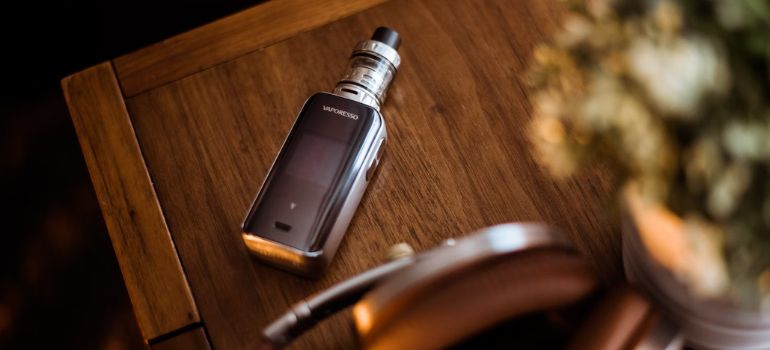If you suspect that your vape battery has been overcharged, it’s essential to address the situation safely to prevent potential risks like battery damage, overheating, or even a fire hazard. Here’s what you can do if you think your vape battery has been overcharged:
Table of Contents
Toggle- Disconnect the Charger:
- Inspect the Battery:
- Check the Voltage:
- Allow it to Cool:
- Dispose of the Battery Safely:
- Replace the Battery (if necessary):
- Use a Reliable Charger:
- Monitor Charging:
- Contact the Manufacturer:
- FAQ
- Q1: What should I do if I suspect my vape battery is overcharged?
- Q2: How can I tell if my vape battery has been overcharged?
- Q3: Can I continue using an overcharged vape battery?
- Q4: Is it possible to fix an overcharged vape battery myself?
- Q5: How can I prevent overcharging my vape battery in the future?
- Conclusion
Disconnect the Charger:
Immediately disconnect the vape battery from the charger. This will stop the charging process and prevent further overcharging.
Inspect the Battery:
Examine the vape battery for any visible signs of damage, such as swelling, leaking, or a change in shape. If you notice any of these signs, do not attempt to use the battery further, as it may be unsafe.
Check the Voltage:
If you have a voltmeter or a multimeter that can measure voltage, check the voltage of the battery. A fully charged lithium-ion vape battery should read around 4.2 volts. If the voltage is significantly higher than this, it’s a sign of overcharging.
Allow it to Cool:
If the battery feels warm or hot to the touch, let it cool down to room temperature before further handling.
Dispose of the Battery Safely:
If the battery shows signs of damage or if you’re uncertain about its safety, it’s best to dispose of it properly. Most local recycling centers accept lithium-ion batteries. Make sure to follow your local regulations for battery disposal.
Replace the Battery (if necessary):
If the battery appears undamaged and functions correctly, but you’re concerned about its long-term safety, consider replacing it with a new one. It’s better to err on the side of caution when dealing with vape batteries.
Use a Reliable Charger:
Going forward, always use a charger that is designed for your specific vape battery and follow the manufacturer’s recommended charging times and guidelines. Avoid using cheap or incompatible chargers.
Monitor Charging:
When charging your vape battery, stay nearby and periodically check on the charging progress. Remove the battery from the charger as soon as it reaches a full charge to prevent overcharging.
Contact the Manufacturer:
If you’re unsure about the condition of your vape battery or need additional guidance, consider contacting the manufacturer or a reputable vape shop for assistance.

FAQ
Q1: What should I do if I suspect my vape battery is overcharged?
A: If you suspect your vape battery is overcharged, immediately disconnect it from the charger to prevent further charging. This will help avoid potential battery damage or safety hazards.
Q2: How can I tell if my vape battery has been overcharged?
A: Signs of an overcharged vape battery may include a higher voltage reading than usual, a change in battery shape or swelling, and in extreme cases, leakage or damage. If you notice any of these signs, it’s important to address the situation promptly.
Q3: Can I continue using an overcharged vape battery?
A: It’s not recommended to use an overcharged vape battery, especially if it shows signs of damage or swelling. Using a damaged battery can be unsafe and may lead to further problems. It’s best to replace the battery if you have concerns.
Q4: Is it possible to fix an overcharged vape battery myself?
A: In most cases, it’s not possible to “fix” an overcharged vape battery. The best course of action is to disconnect it from the charger, allow it to cool, inspect it for damage, and dispose of it properly if necessary. If you’re uncertain, consult the manufacturer or a professional for guidance.
Q5: How can I prevent overcharging my vape battery in the future?
A: To prevent overcharging your vape battery, always use a charger designed for your specific battery type, follow the manufacturer’s recommended charging times and guidelines, and periodically check on the charging progress. Removing the battery from the charger when it reaches a full charge helps prevent overcharging.
Conclusion
Remember that vape battery safety is crucial to prevent potential hazards. It’s better to be cautious and replace a questionable battery than to risk using a damaged or overcharged one. Always prioritize safety when handling vape batteries and chargers.

